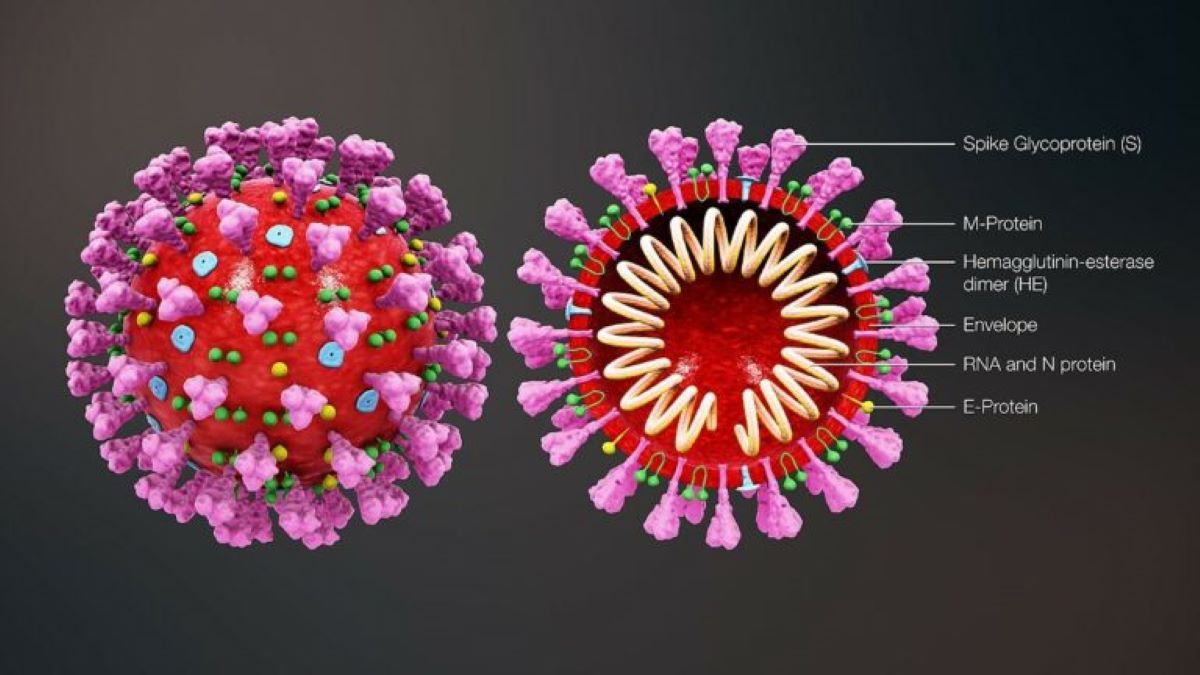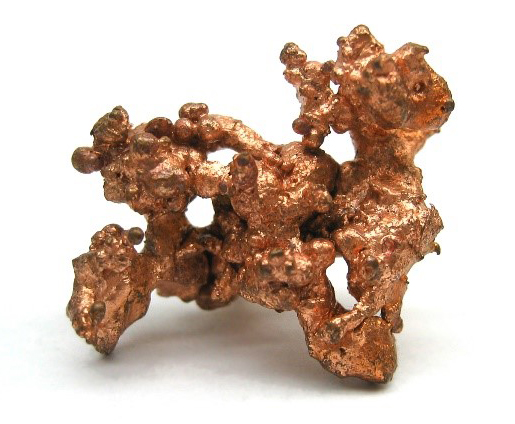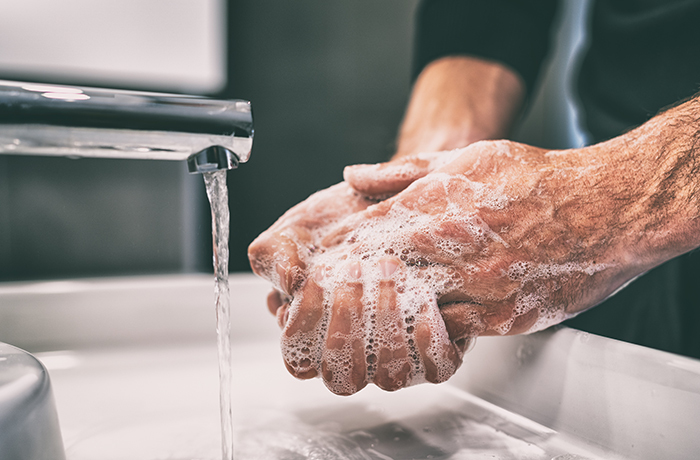
May 11, 2020
How are viruses such as COVID-19 affected by the type of surface they are inhabiting and the conditions of their surrounding environment.
Infectious viruses have been inhabiting earth longer than most modern-day species and can quickly become adapted to many different harsh environmental conditions which has allowed them to rapidly reproduce and diversify. There are many specific viruses that target humans and can cause extreme damage to our immune systems and overall well-being. The virus that is currently in the spotlight is the known as the Coronavirus disease or SARS-CoV-2 (COVID-19).
The Coronavirus is non-living and consists of a protein molecule (DNA) covered by a protective lipid layer (fat). COVID-19 is spread through suspended droplets that are expelled when an infected individual coughs or sneezes. The lifetime of these virus particles depends partly on the surrounding environmental conditions as well as the type of surface that these particles land and dry out on. Air temperature and humidity play a huge role in affecting the viability of a virus as well as the thermal properties of the material it is resting on.
Since the Coronavirus is non-living it technically cannot be killed. In order for it to no longer be considered viable (contagious), it needs to decay on its own without coming into contact with a host organism (humans). Virus disintegration relies heavily on temperature, humidity and what type of material it is stationed on. In order to rid the virus, the protective lipid coating must be dissolved and then the protein molecule disperses and breaks down on its own. This is one of the reasons why washing hands in warm water is one of the most effective ways to destroy the virus. When the Coronavirus is left undisturbed, its disintegration time partly depends on the type of material it is resting on.
Researchers are still not 100% confident how long the coronavirus can remain on specific surfaces for, however, new analyses have shown that the virus can stay suspended in the air for up to 3 hours, on copper for 4 hours, cardboard for 24 hours and plastic for 72 hours. It is also currently unclear how long the virus can remain on fabrics, but it is suspected that natural fibers such as wool and cotton can generally hold viruses and bacteria longer than silk and synthetic fibers.
One property that many of the materials capable of holding the virus for longer share is a relatively low thermal conductivity. Thermal conductivity is a measure of a materials ability to effectively transfer heat. Most metals are extremely efficient thermal conductors whereas materials like plastic and wood are more effective insulators (have a low thermal conductivity). Copper, which can only hold the virus for 3 hours, has the highest thermal conductivity of all metals.
Although there is currently little research analyzing the direct correlation between a material’s thermal conductivity at its ability to house viruses, there is recently published scientific data showing that high temperature environments are not good for virus viability and growth. This could also explain why materials such as plastic and cardboard are able to house the virus for longer without disintegration. Both materials have a low thermal conductivity meaning heat is not easily passed through them. While these materials resist the flow of heat it could be hypothesized that they are creating a cooler and safer environment for the virus to persist in.

1Natural copper ore displaying the structure of the metal before any reshaping and manipulation
Although there are currently very few studies that link a materials thermal conductivity to its ability to break down a virus, there are however many studies that present findings of how U.V light, high air temperatures and high humidity values can lead to a quicker disintegration of a virus. Most virus particles thrive in external cold, moist and dark conditions. Several studies conducted in China displayed a direct correlation between an increase in air temperature and humidity to lowing the reproduction of COVID-19.
These patterns represented by COVID-19 are consistent with the spreading patterns of influenza (the common cold). These studies have allowed scientists to predict a potential decrease in the spreading of COVID-19 with the arrival of summer in the Northern hemisphere.
COVID-19 is scientifically referred to as SARS-CoV-2. The abbreviation SARS indicates that this virus causes severe acute respiratory syndrome. COVID-19 is not the first SARS virus to strike the human population and cause some serious damage. In 2003 another Novel Coronavirus referred to just as SARS spread and evolved rapidly in over 30 countries and 5 continents.
The patterns and behavior of the SARS virus is currently being used to predict how COVID-19 will react when it encounters different environmental conditions and how to potentially assist in creating a way to stop the spread of the virus. Studies conducted on the SARS virus since 2003 have indicated that it responds extremely poorly in high temperature environments but can persist for up to 5 days on a smooth surface with a surrounding air temperature of 22-25 degrees Celsius and low relative humidity (40-50%). This temperature range is ideal for viruses to linger in air conditioned and temperature-controlled houses and buildings.

Demonstration of the most effective way to protect against contamination of COVID-19 is by washing your hands properly.
Recent studies on COVID-19 have produced estimates to try and determine how long this virus can remain on surfaces. This research showed that the coronavirus can persist for at least two weeks on surfaces in an air-conditioned environment and for up to 3-weeks in a liquid suspension that is kept at room temperature (approximately 21°C). This virus can also be easily killed by heating its resting surface to 56°C for 15 minutes. It is evident that heat is this viruses kryptonite and as more research is underway to develop a vaccine for the Coronavirus it is important to protect ourselves by measures such as washing hands with soap and warm water and staying away from potentially contaminated areas.
The relationship between a material’s thermal properties and the disintegration of a viruses has yet to be explored extensively, however, there does seems to be a minor relationship between materials with high thermal conductivities being a poor resting place for a virus as they appear to help assist with a quicker disintegration.
Wang, J., Tang, K.E., Feng, K., Weifeng, L. 2020. High temperature and high humidity reduce the transmission of COVID-19. Available at SSRN: https://ssrn.com/abstract=3551767 or http://dx.doi.org/10.2139/ssrn.3551767
Chan, K.H., Malik Peiris, J.S., Lam, S.Y., Poon, L.L.M., Yuen, K.Y., Seto, W.H. 2011. The effect of temperature and humidity on the viability of the SARS Coronavirus. Advances in Virology. 7: 1-7. https://doi.org/10.1155/2011/734690
Saplakoglu, Y. (2020, March 18). Here’s how long the coronavirus will last on surfaces, and how to disinfect those surfaces. Retrieved from https://www.livescience.com/how-long-coronavirus-last-surfaces.html
Featured: Descriptive diagram of COVID-19 displaying the general structure and composition of the virus.
Author: Kallista Wilson | Junior Technical Writer | Thermtest